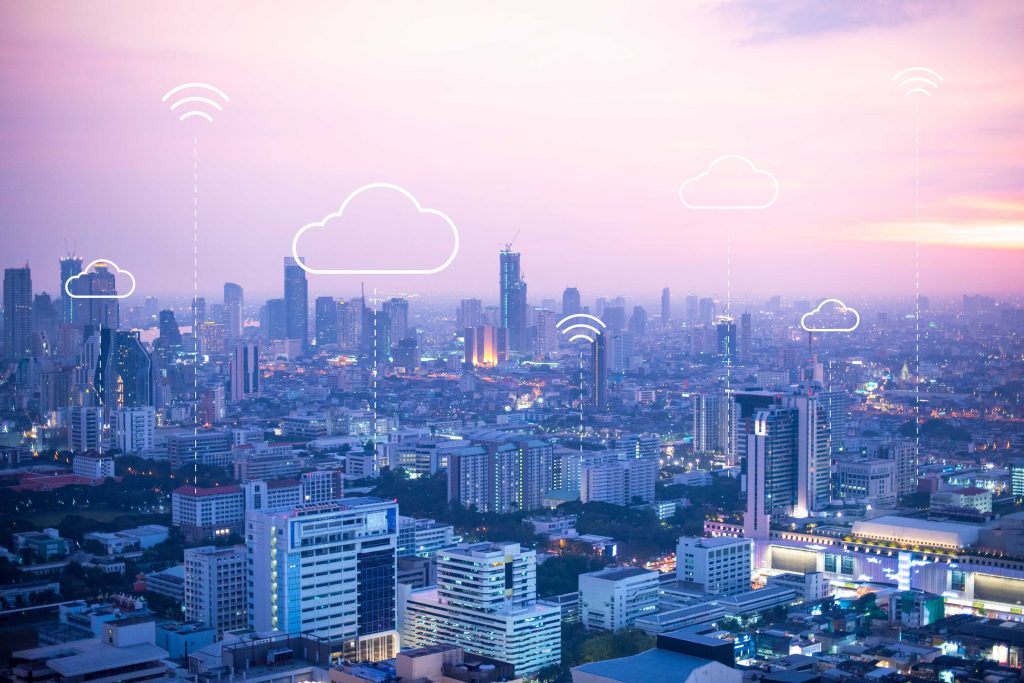Cryptocurrencies have emerged as a disruptive force in the global financial landscape, challenging traditional financial systems and revolutionizing the way we perceive currency and transactions. Born out of the revolutionary concept of blockchain technology, cryptocurrencies offer decentralized and transparent networks that facilitate peer-to-peer transactions without the need for intermediaries.
One of the most well-known cryptocurrencies, Bitcoin, sparked the initial wave of interest in this new digital asset class. However, the world of cryptocurrencies has since expanded exponentially, with thousands of different cryptocurrencies currently in existence. Each cryptocurrency operates on its own set of principles and use cases, catering to diverse needs within the digital economy.
One of the key advantages of cryptocurrencies is their borderless nature. They enable fast and cost-effective cross-border transactions, making international remittances more accessible and efficient. Moreover, they empower the unbanked and underbanked populations, providing them with financial inclusion opportunities previously unavailable to them.
Cryptocurrencies have also gained traction as an investment asset class. Investors are attracted to their potential for high returns, but the volatility of the cryptocurrency market remains a concern. Regulatory frameworks around cryptocurrencies are evolving, with some countries embracing them, while others maintain a cautious approach.
However, challenges such as security vulnerabilities, regulatory uncertainties, and the potential for illicit activities are still prevalent in the cryptocurrency space. As the technology matures, efforts to address these issues are underway.
In conclusion, cryptocurrencies continue to reshape the financial landscape, with their impact felt across industries and societies worldwide. As their adoption grows, understanding the risks and benefits associated with cryptocurrencies will be vital for investors, policymakers, and the general public alike. The future of cryptocurrencies holds immense promise, and their role in the global financial ecosystem will undoubtedly continue to evolve in the coming years.




